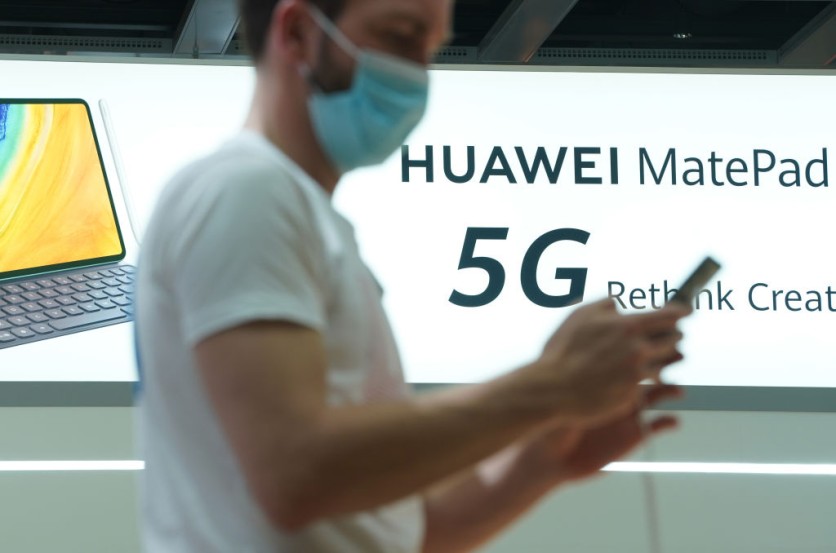In the face of restrictions from the United States, there are reports indicating that Huawei is poised to reintroduce its Kirin chipsets for smartphones. The company seems to be navigating a path towards revitalizing its proprietary chip offerings for mobile devices.

Bringing Back Kirin Chipsets
Amidst the impact of U.S. restrictions, Huawei's HiSilicon division played a key role in developing its exclusive Kirin chips, which were produced through TSMC. Ranking as TSMC's second-largest client, trailing only Apple, Huawei faced a shift due to revised U.S. regulations in 2020.
This change hindered Huawei's access to chips manufactured with American technology. However, the company secured permission to acquire modified Snapdragon chips, excluding 5G capabilities, while simultaneously gearing up to reintroduce its Kirin lineup.
Marking a significant milestone, Phone Arena reported that Huawei's previous Kirin chip, the Kirin 9000, led the way as the pioneering 5nm chip with an integrated 5G modem. A post from @Tech_Reve (has shed light on two configurations for an upcoming Kirin chip.
The first setup includes a pair of Cortex-X3 prime CPU cores, coupled with two Cortex-A715 performance CPU cores and four energy-efficient Cortex-A510 CPU cores. Notably, this composition also showcases an Arm Immortalis-G715 MC16 GPU.
A different setup presents a distinct arrangement: incorporating two Cortex-X1 prime CPU cores, coupled with three Cortex-A78 performance CPU cores, and another three Cortex-A55 efficiency cores. The processing unit for graphics on this chip is set to be the Arm Mali G710 MC10/6.
It remains plausible that these configurations could belong to separate chip models. A separate Weibo post hints at the potential introduction of three new Huawei-designed chips: the Kirin 720, Kirin 830, and Kirin 9100.
While the first two are anticipated to make their debut later this year, the Kirin 9100 is speculated to power the P70 flagship, expected to launch early in the upcoming year.
Getting Around US Restrictions
But how will Huawei's strategy overcome the U.S. restrictions to produce the new Kirin chips? Notebook Check reported that China's top foundry, SMIC, will undertake the chip's manufacturing, utilizing its advanced N+2 (7nm) technology.
Alternatively, Huawei might explore a different approach by stacking two 14nm chips to achieve 7nm performance, while maintaining energy efficiency for optimal smartphone operation without excessive heat or battery drainage.
In 2022, Huawei firmly refuted speculations of the Kirin chips' return in time for the P60 series - a denial that ultimately proved accurate. This response came in the wake of misguided rumors suggesting a 14nm Kirin 9100 chipset would be the driving force behind the photography-centered flagship anticipated for 2023.
For a considerable period, CNBC reported that Huawei has been contending with U.S. limitations on exporting items related to 5G and other technologies. However, the U.S. Department of Commerce has selectively issued licenses to specific American companies for selling goods and technologies to Huawei.
Notably, Qualcomm obtained authorization in 2020 to provide 4G smartphone chips to the company.

ⓒ 2025 TECHTIMES.com All rights reserved. Do not reproduce without permission.




